Meanwhile I created a complete new design of this servo valve. You can find it here: PrintAirPipe - Printable air duct system | Hackaday.io
Unfortunately, I have no way of conveying the sucked (potentially unhealthy) air out of my 3D printer chamber directly outside. Also the fan of my soldering suction system actually only distributes the unhealthy vapors in the room.
To solve this problem I built a filter system, which should clean the air thanks to an H13 filter and an active carbon mat. (More on that later)
In order to be able to clean both the air in my 3D printer chamber and the air in my soldering suction system, I needed a way to control both connections individually.
Since I haven't found any cheap commercial options to solve this problem, I designed a butterfly valve that can be integrated into the 125mm hose system.
Thanks to an SG90 servo, the valve can be controlled. The servos are controlled by a Wemos D1 Mini, a PCA9685 PWM port expander and the ESPEasy firmware.
Ultimately, (with a little help from nodeRed) I automated the system in such a way that the air in my 3D printer chamber is sucked out and filtered once every five minutes. In addition, at the end of a printing process, the entire chamber is evacuated again.
The same control system monitors (with the help of a WiFi socket including energy measurement) the power consumption of my soldering iron and automatically switches the filter system on when it detects that the soldering iron is switched on.
Build guide incl. STL files and material list is available here:
Overview of the basic functionality
Setup of the two valves using an Y-distribution adapter
Demo of the automation setup for my soldering iron
 Fabian
Fabian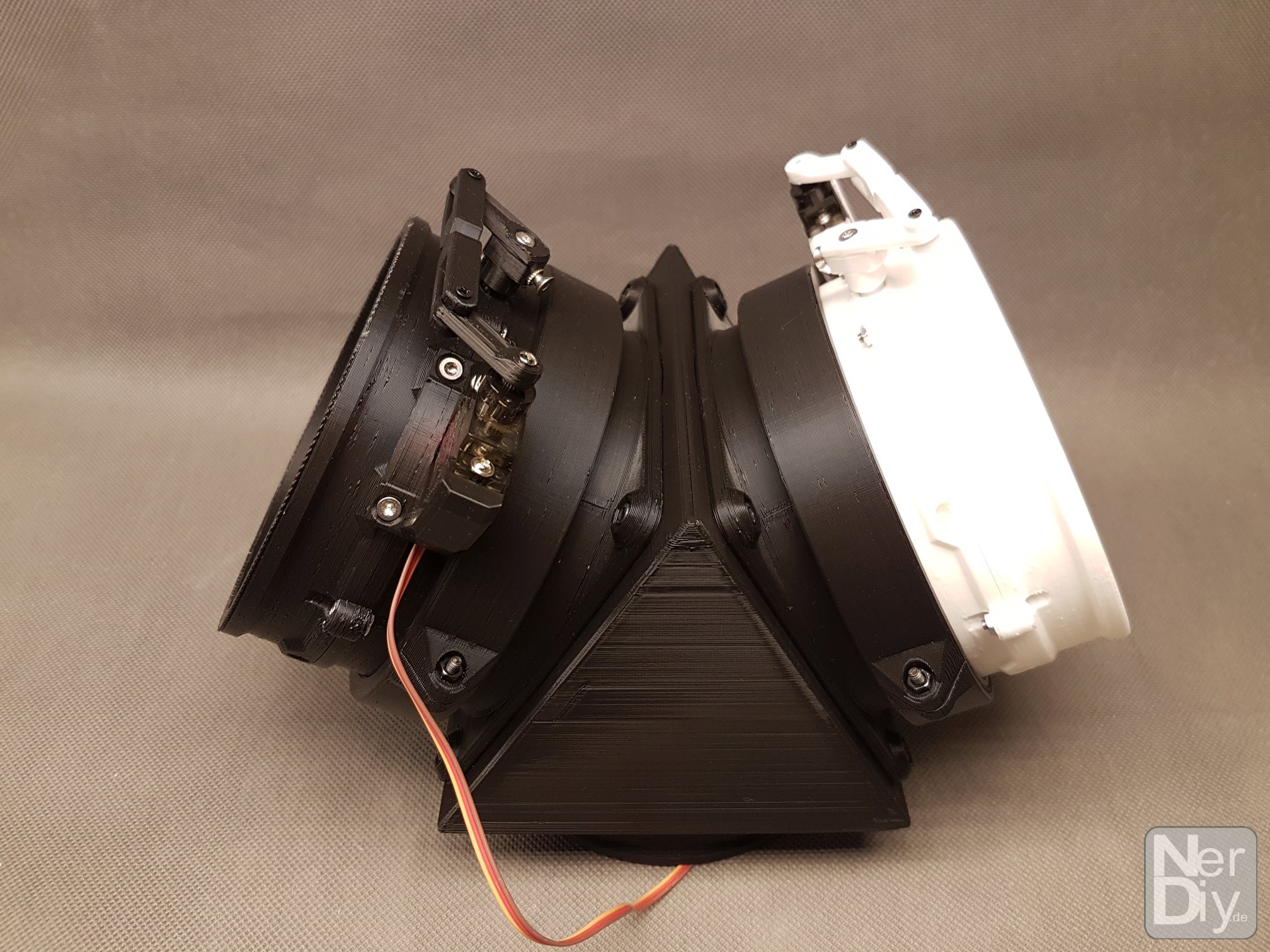
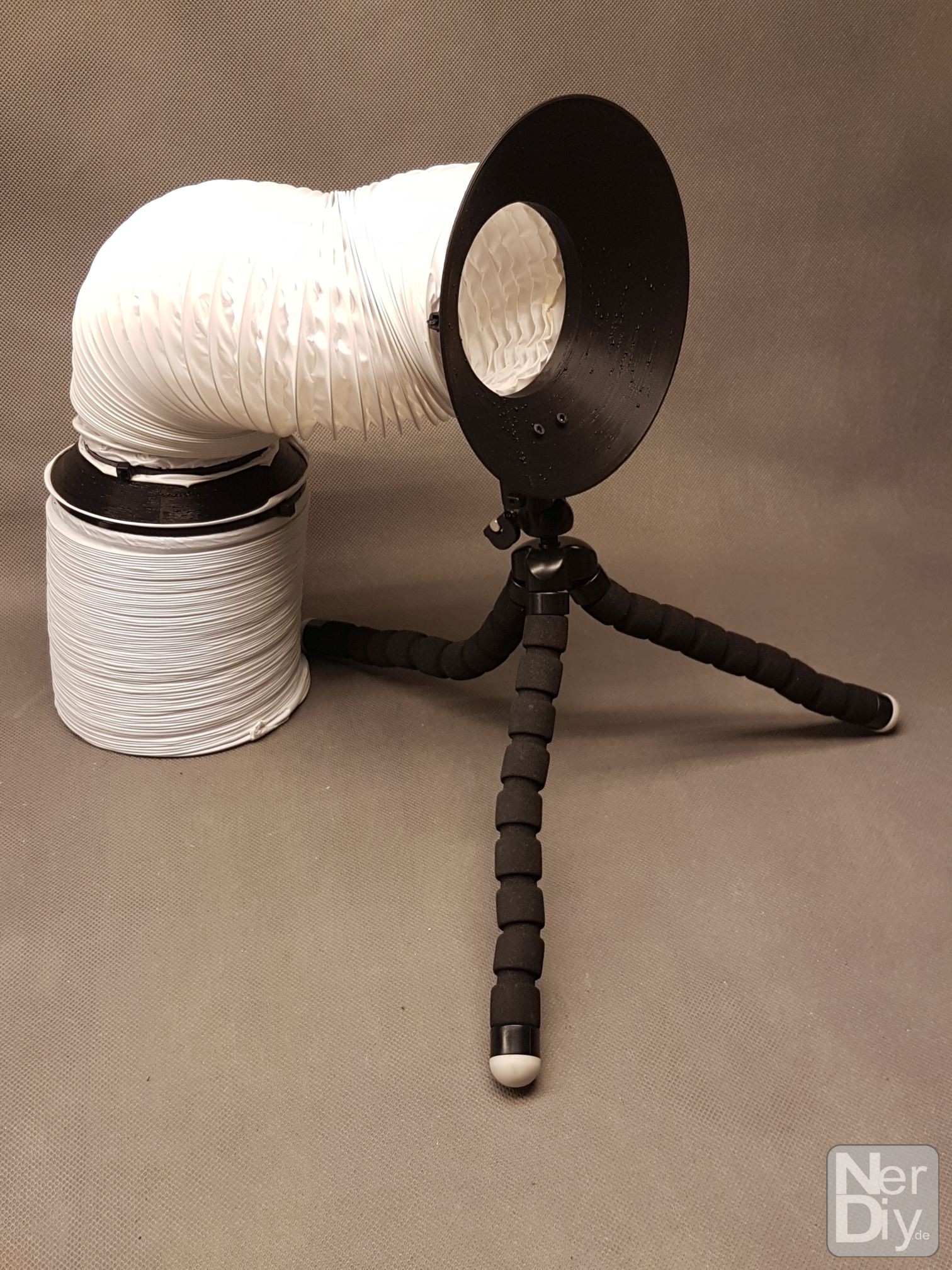
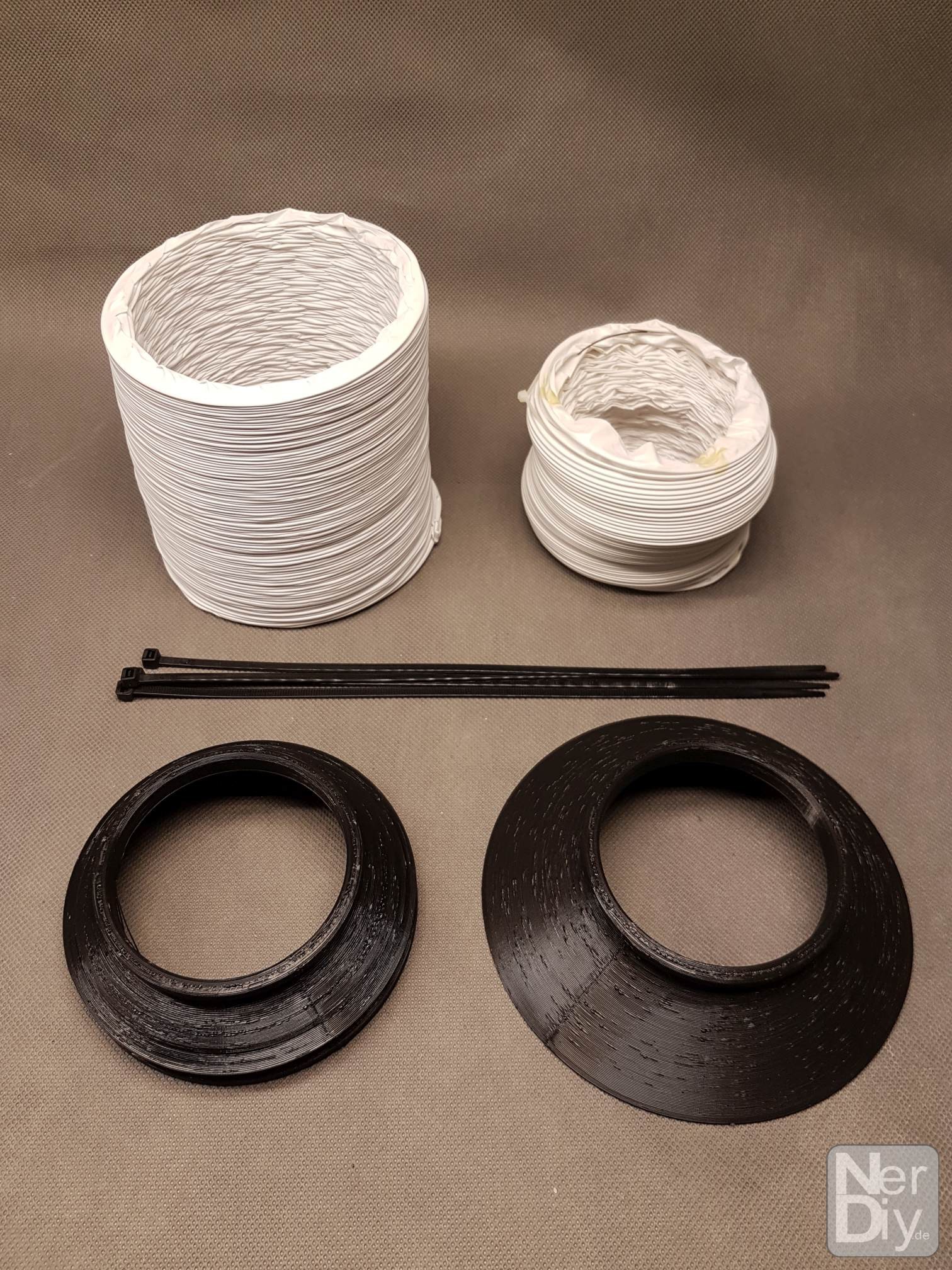



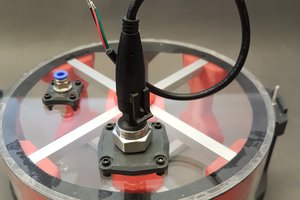
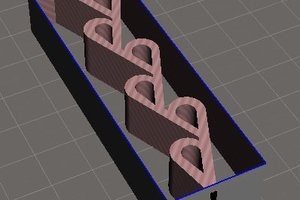
 Sohum Desai MD
Sohum Desai MD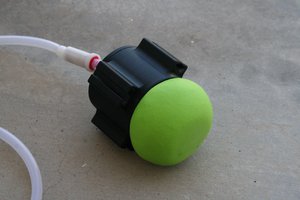
 Cole B
Cole B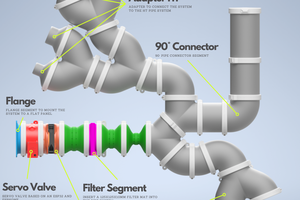
Typical flow speeds for wood working dust collection are around 25 to 30m/s. Some blowers can easily suck up one cubic meter per second (aka 3600 m3/h). So this is much more violent than what we see in the video.
Update: More important is probably the static pressure which is "only" about 2500Pa (compared to about 20kPa for a vacuum cleaner). This results in forces of 40 to 80N for pipe diameters of 150 to 200mm (4-8kg force) which is not completely trivial.